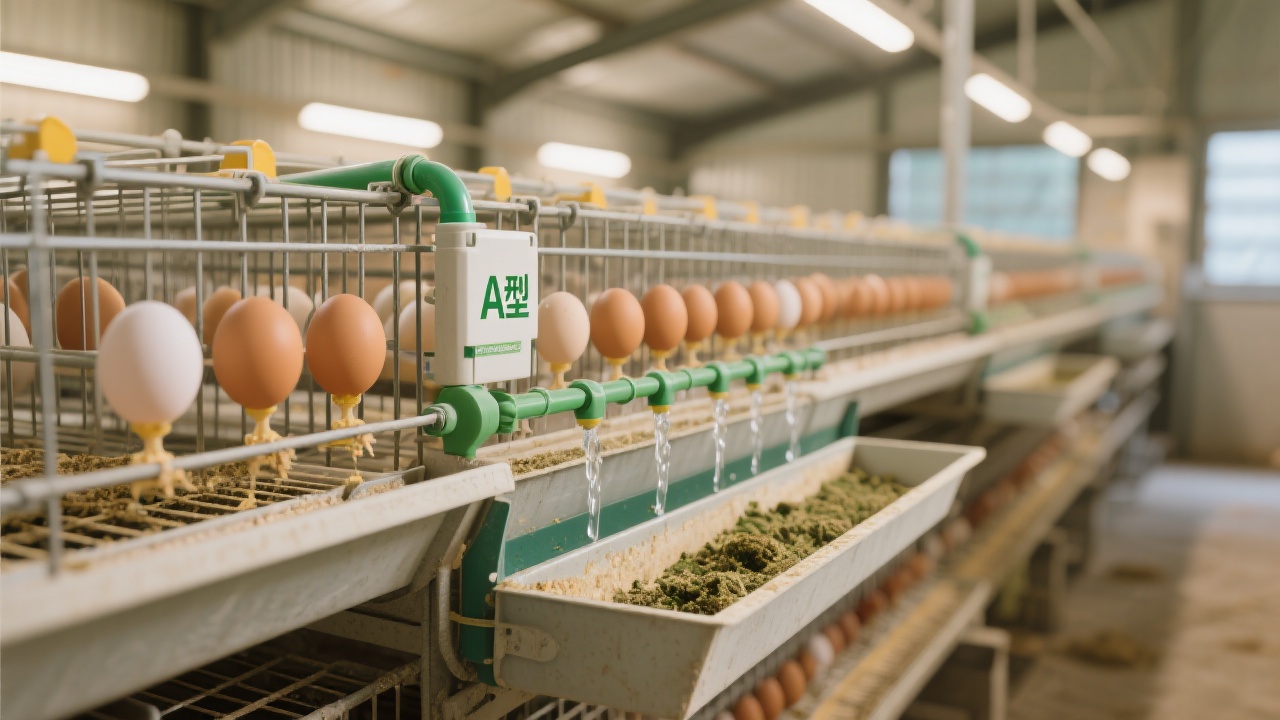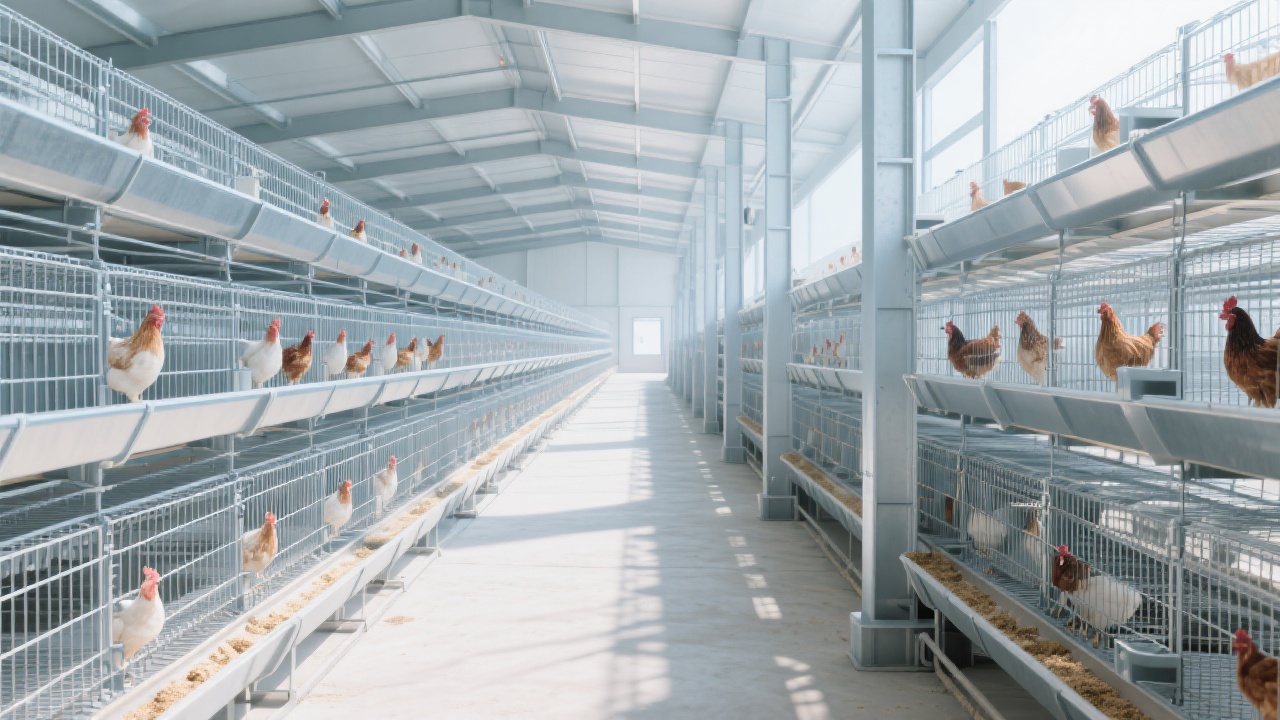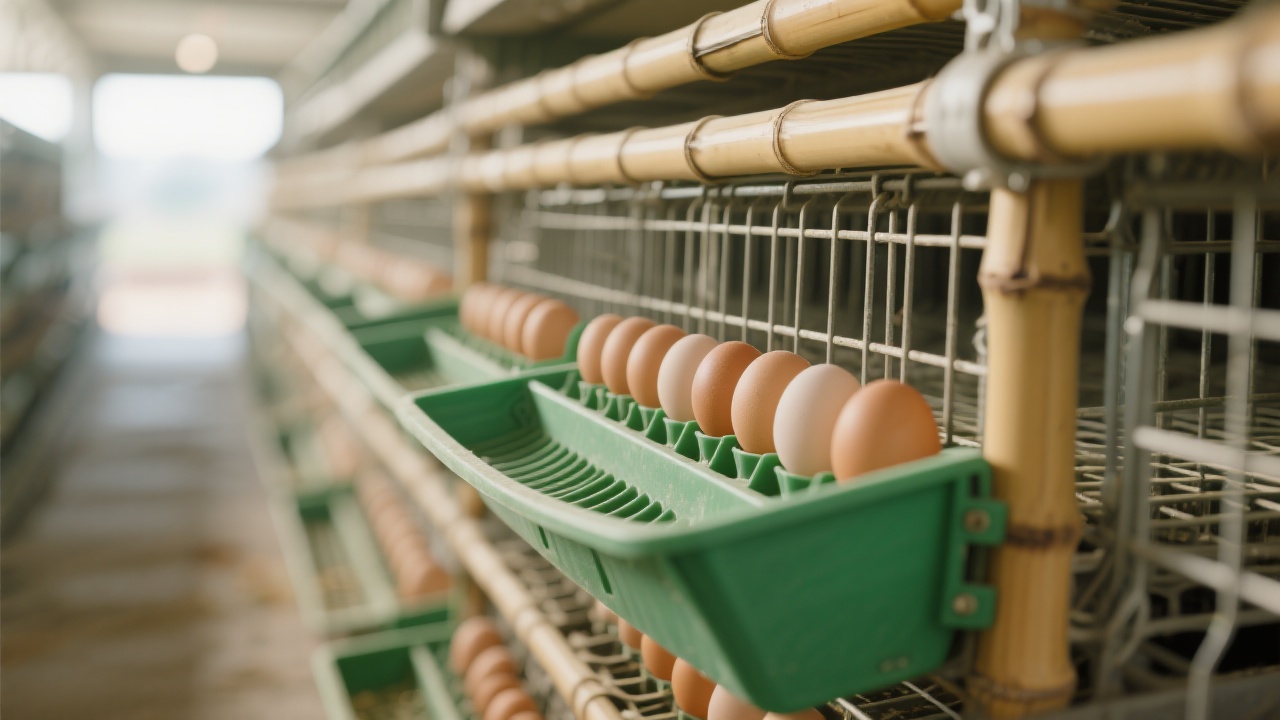
Intensive commercial poultry farming, especially with flocks exceeding 10,000 birds, faces a critical challenge during summer months: heat-induced stress in laying hens. Elevated temperatures trigger physiological and behavioral stress responses that directly impair egg production and flock health. Recognizing this, Zhengzhou Liwei Machinery has innovated the highly efficient H-Type layer cage system, specifically engineered to enhance ventilation and spatial utilization. Through this article, we explore how the H-Type cage’s ventilation design and automation tackle heat stress, boosting operational performance and animal welfare.
Heat stress in poultry results when ambient temperatures exceed 25°C (77°F), causing hens to increase respiration rate and reduce feed intake. These physiological changes lead to a notable decline in egg-laying rate—often by 10% to 20% during peak temperature phases—and raises susceptibility to diseases linked to weakened immunity. Indirect economic losses include elevated mortality and higher labor costs due to intensive management. Effective environmental control becomes a non-negotiable priority for large-scale layer operations.
Compared to traditional single-level flat layer cages, the H-Type cage integrates a multi-tier vertical arrangement which optimally leverages barn cubic space—allowing up to 30% increased stocking density without compromising bird comfort. Most crucially, its unique ventilation channels facilitate consistent airflow across all levels, dramatically improving heat dissipation.
In technical terms, the cage’s open-side design and adjustable vent slots create a pressure gradient optimized for natural convection, supported by integrated exhaust fans when needed. This system achieves up to 25% greater air exchange rate compared to traditional setups, verified through CFD (Computational Fluid Dynamics) modeling and on-site measurements, maintaining internal temperatures 3–5°C lower under external peak heat conditions.

Beyond ventilation, the H-Type cage incorporates automation in manure removal and egg collection, reducing manual labor intensity by approximately 40%. The automatic scraper manure belts transport droppings away continuously, minimizing ammonia accumulation—commonly associated with respiratory disorders in hens under heat stress.
The centralized egg collection system decreases egg breakage rates by 15%, facilitating faster processing and higher product quality. This automation not only contributes to better flock welfare by reducing handler disturbance but also lowers operational costs significantly in large-scale settings.

The longevity of equipment used in poultry houses, especially under humid and ammonia-rich environments, directly affects farm economics. Zhengzhou Liwei Machinery applies hot-dip galvanizing combined with aluminum-zinc alloy coatings on cage structures. This double-protection extends cage life by 2–3 times compared to conventional galvanization alone, resisting corrosion and structural degradation.
This robustness ensures consistent ventilation performance and stress mitigation effectiveness over multi-year operational cycles, reducing the frequency and cost of equipment replacement, a vital concern in commercial-scale egg production.

An established commercial farm in Henan province transitioned from flat-tier cages to H-Type layer cages six months before the peak summer. Post-transition, recorded ambient barn temperatures averaged 28°C during midday, while inside the H-Type cages the effective temperature consistently remained at 24.5°C, creating a more thermally comfortable microclimate for the birds.
Egg production saw a rebound of 12% compared to the previous summer’s record. Mortality reduced by 18%, with a notable decline in respiratory illness incidence. Labor reports reflected a 35% decrease in time spent on manual egg collection and cage cleaning, directly attributing to automation efficiencies.
This real-life validation highlights the H-Type cage’s capability to address heat stress challenges while supporting sustainable and economically viable poultry farming practices.
Discover How the H-Type Layer Cage Can Transform Your Poultry Operation — Upgrade Your Egg Production Efficiency Today

